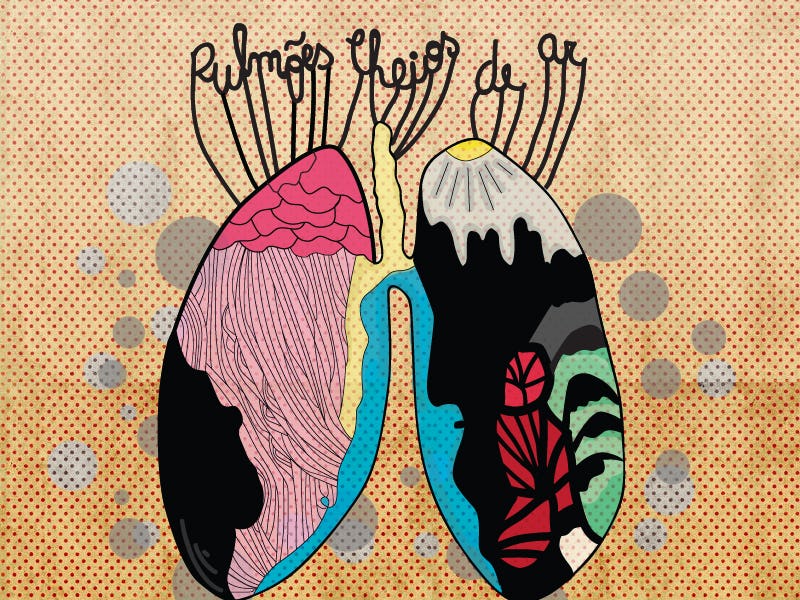Vaping's Sticky Link to Mucus and Phlegm Revealed in E-Cigarette Study
A newly identified consequence of vaping is a gooey one.

The science community has not done the vaping industry any favors by discovering the many ills associated with e-cigarettes. Adding to a growing list of health concerns that includes wheezing, heart disease, and popcorn lung, scientists publishing in the American Journal of Respiratory and Critical Care Medicine on Friday reveal a new consequence of vaping: even stickier phlegm and mucus.
It’s already established that tobacco smoke from regular cigarettes makes it hard for the airways to clear phlegm and mucus from the lungs. Building on their previous work in the field, the team of researchers from the University of Kansas, University of Miami, and Mt. Sinai Medical Center in Miami Beach shows in the study that the same goes for the vapor from e-cigarettes, which contains the same airway-impairing agent that’s found in tobacco smoke: nicotine.
“The question was whether vape containing nicotine had negative effects on the ability to clear secretions from the airways similar to tobacco smoke,” said senior author and University of Kansas Medical Center professor Dr. Matthias Salathe. As the team found in the lung cells of humans and sheep, the answer is a resounding yes.
The nicotine from e-cigarette vapor is associated with mucociliary dysfunction.
The body naturally produces mucus and phlegm, but it also naturally clears it. Mucus is the loose, goopy substance that helps keep wet surfaces wet, like the insides of the nose and the lining of the throat. Thick, sticky phlegm is slightly different, produced by the lower airways in response to inflammation. Both substances can trigger coughing and trouble breathing if the body’s natural ability to brush them out and upward through the nose or mouth — where they’re either expelled or swallowed (gross) — is impaired. Unfortunately for vapers, that’s what the nicotine in vape juice is now linked to.
When the researchers exposed cells from both human and sheep airways to e-cigarette vapor nicotine from a Joyetech eVic Supreme vape coupled to an atomizer and a “smoking robot” (a real thing), they noticed that the cells’ ability to move phlegm and mucus across their surface was impaired when compared to cells that weren’t exposed to the vapor. The cultured cells were exposed to 40 e-cigarette puffs over a 20-minute period.
Repeating the experiment in living female sheep, they saw a similar effect of vaping on mucus clearance.
This issue, technically called “mucociliary dysfunction,” comes down to a number of root causes, including thicker, more dried-out mucus and slower-moving cilia, the hair-like structures on the surface of cells in the airway, which usually sway rhythmically to brush mucus away. People with asthma, chronic obstructive pulmonary disease (COPD), and cystic fibrosis often have mucociliary dysfunction, and now it appears that people who are exposed to nicotine from vapes may experience the same.
The biggest downside to mucociliary dysfunction is that it means the lungs have a harder time clearing out all of the pollutants, allergens, and pathogens that are inhaled and then trapped by mucus. This leaves the lungs more vulnerable to infection and injury over time.
Despite numerous studies pointing out the health consequences of vaping, it still remains popular, in part because people believe it’s safer than smoking cigarettes and therefore makes a good smoking alternative or smoking cessation tool. This research shows that, at least when it comes to the body’s ability to clear mucus and phlegm, one of the consequences of vaping and smoking traditional cigarettes is equally sticky.